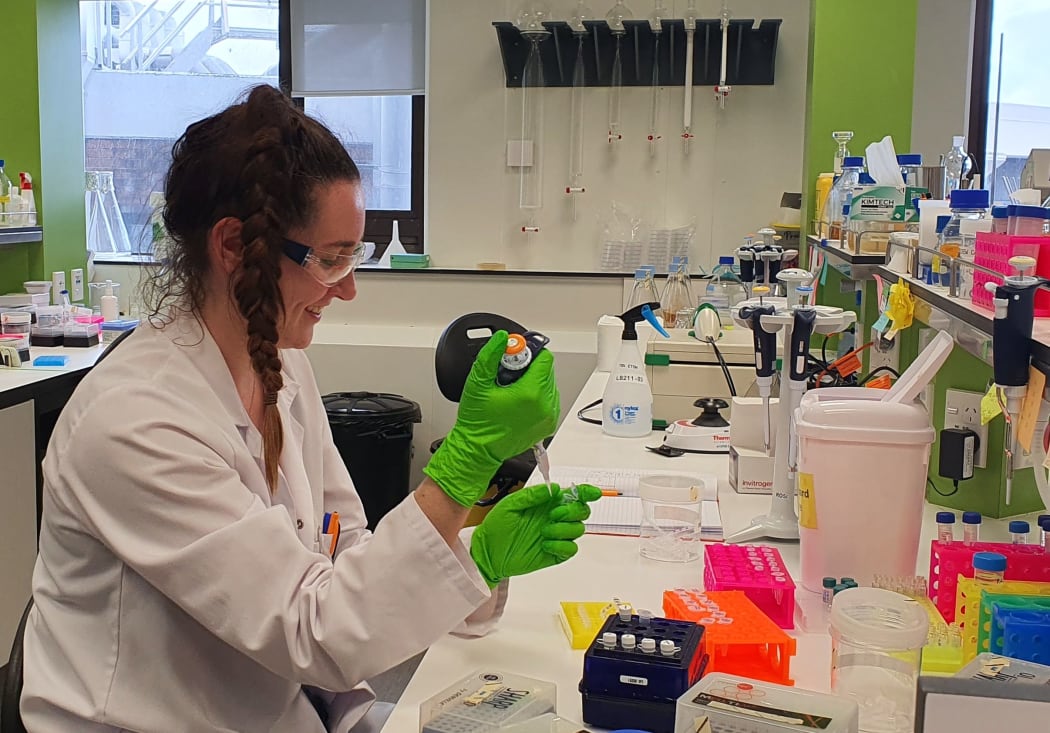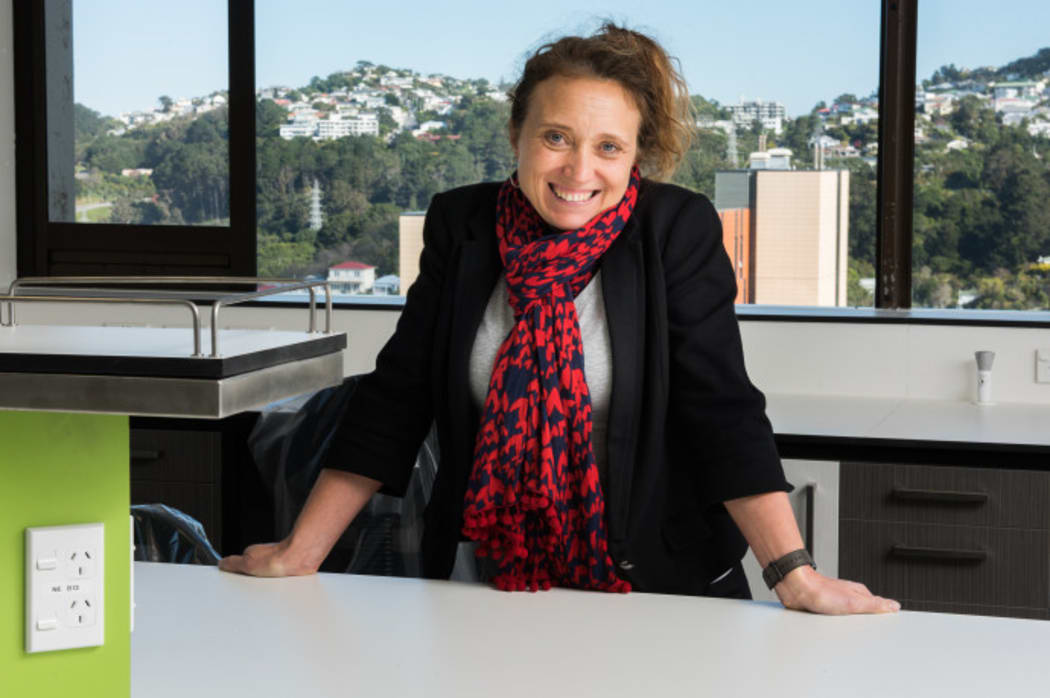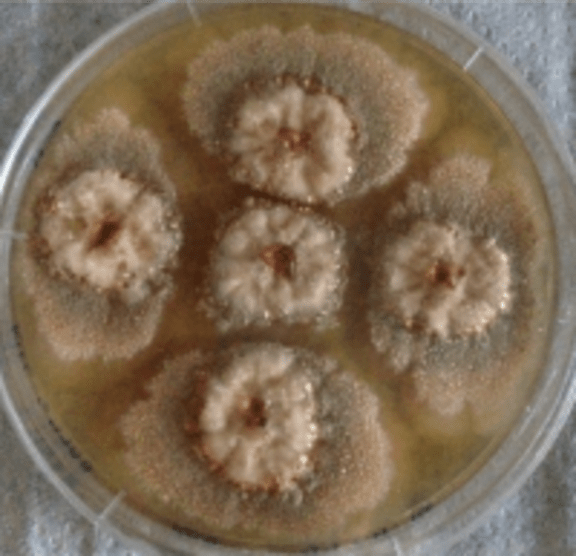Emily Parker and her team at Victoria University of Wellington are identifying the genes that allow fungi to create natural medicinal compounds.
The idea is to create a genetic recipe book for possible drugs.

Phd student Rose McLellan at work in the Synthetic and Chemical Biology Laboratory, Victoria University of Wellington. Photo: RNZ / Alison Ballance
Find Our Changing World on Apple Podcasts, Spotify, Stitcher, iHeartRADIO, Google Podcasts, RadioPublic or wherever you listen to your podcasts
When chemical biologist Emily Parker looks at fungi, she sees a treasure chest of potential medicines.
The Ferrier Research Institute professor has a Marsden grant from the Royal Society Te Apārangi to investigate how subtle genetic differences create diverse and useful chemical compounds in fungi. The results, say Emily, will help tailor-make compounds with medicinal uses.
Emily says that natural chemicals are a leading source of new pharmaceuticals, and she gives penicillin as an example of a compound produced by a fungus that has strong antibiotic properties.

Emily Parker is a chemical biologist at Victoria University of Wellington,involved in the development of new treatments for diseases. Photo: VUW

The fungi Hypoxylon ulicicidum produces a potentially useful group of compounds known as indole diterpenes. Photo: Kyle van de Bitter
Emily and her team are particularly interested in a group of bioactive compounds produced by fungi known as indole terpenes.
These compounds have been shown to have anti-viral, anti-bacterial and anti-cancer properties, as well as acting as a natural insecticide.
PhD student Rose McLellan works in the Synthetic and Chemical Biology Laboratory at Victoria University of Wellington.
She says that her research project involves creating “some circular pieces of DNA. What I do is transform them into fungi or mould, trying to understand how they make certain compounds so that we can produce them on a larger scale.”
The idea, Rose says, is to identify potentially useful compounds and also produce them on a larger scale.

Rudy Bundela is a PhD student at the Ferrier Research Institute in Wellington. Photo: RNZ / Alison Ballance
Rudy Bundela’s PhD project in the same lab is seeking to understand how “these fungi make these wonderfully complex secondary metabolites.”
Secondary metabolites are a by-product that aren’t needed by the fungi for its basic survival, but which nonetheless have useful features that could be harnessed by humans.
Emily says that once we understand what individual genes produce, they can be treated as basic ingredients and recombined to make new useful compounds.
Listen to the podcast to hear Emily, Rose and Rudy talk about their research.
More on drug discovery from the Our Changing World archive
Ferrier Research Institute chemist Peter Tyler won the 2017 MacDiarmid Medal for designing and synthesising many potential new drugs to treat diseases such as cancer.


